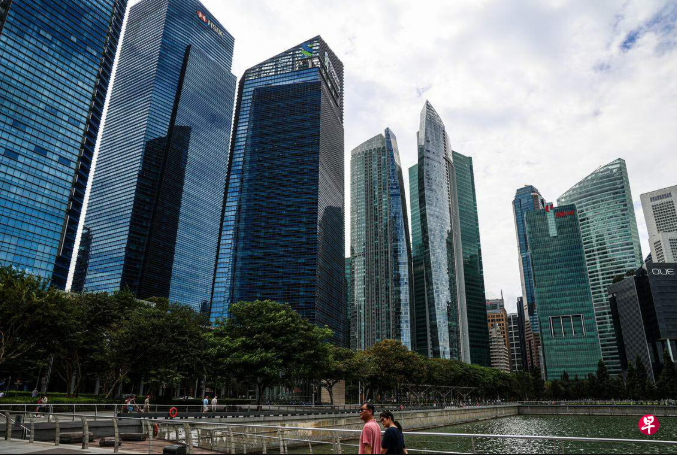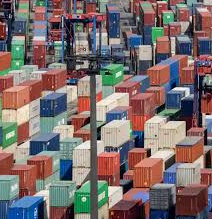Growth surpasses forecasts, led by rebounds in construction and services sectors
Singapore’s economy grew at a slower rate of 4.4% in the third quarter of 2022, exceeding economists’ expectations, according to preliminary estimates from the Ministry of Trade and Industry (MTI) released on Friday, October 14. This growth was slightly lower than the 4.5% recorded in the previous quarter.
Economists had forecasted a 3.4% increase for the July to September period, making the actual growth figure a pleasant surprise. On a quarter-on-quarter, seasonally adjusted basis, Singapore’s GDP expanded by 1.5%, recovering from a contraction of 0.2% in Q2.
In August, the government had revised its 2022 growth forecast down to a range of 3% to 4% from a previous 3% to 5%, citing weaker external demand. The advance GDP estimates for Q3 were based largely on data from July and August, and will be subject to revision when more complete data becomes available. Full GDP estimates for Q3 will be released in November.
Construction Sector Boosts Growth
The construction sector saw a significant growth acceleration, expanding by 7.8% year-on-year in Q3, up from 4.8% growth in the previous quarter. This was driven by an increase in both public and private construction activity, aided by the easing of border restrictions for migrant workers. Despite the rebound, the construction sector’s value-added output remains 18% below pre-pandemic levels.
The manufacturing sector grew by 1.5% in Q3, a slowdown from the 5.7% expansion in the previous quarter. The growth in manufacturing was driven by increases in transport engineering, general manufacturing, and precision engineering, although electronics and chemicals experienced declines.
Among the services sectors, wholesale and retail trade, as well as transportation and storage, saw a combined growth of 6.2%, buoyed by a low base from last year when domestic and travel restrictions severely impacted these industries. Growth was also observed in information and communications, finance and insurance, and professional services, with a 4.0% year-on-year increase.
The remaining services sectors, including accommodation, food services, and real estate, grew by 9.2%, up from 7.6% in the previous quarter. These sectors benefited from the easing of restrictions both domestically and at the borders.
Concerns for Future Growth
Despite the strong Q3 performance, economists are cautious about the outlook for the fourth quarter. ING’s senior economist, Nicholas Mapa, predicted that Singapore’s growth could slow further, driven by inflationary pressures and softening global trade due to recession concerns. Similarly, OCBC’s chief economist, Selena Ling, forecasted below-trend growth for 2023, noting that tighter global monetary policies and slowing growth among major trading partners could negatively affect Singapore’s manufacturing and trade-related sectors. However, she pointed out that sectors focused on domestic demand and travel remain resilient, supported by strong household balance sheets and a tight labour market, which should continue to drive wage growth.








